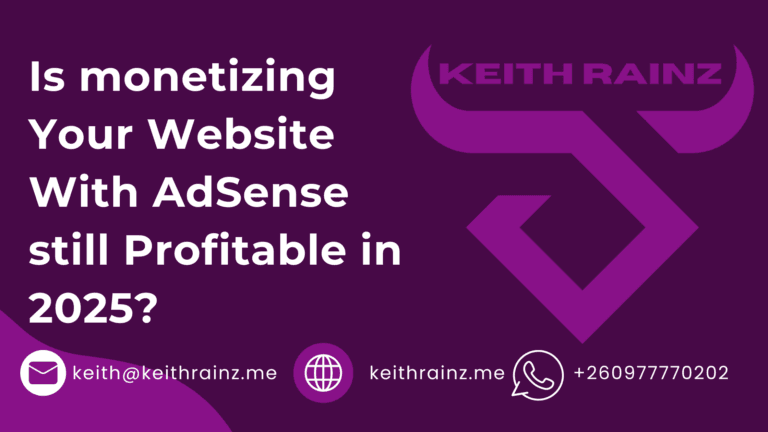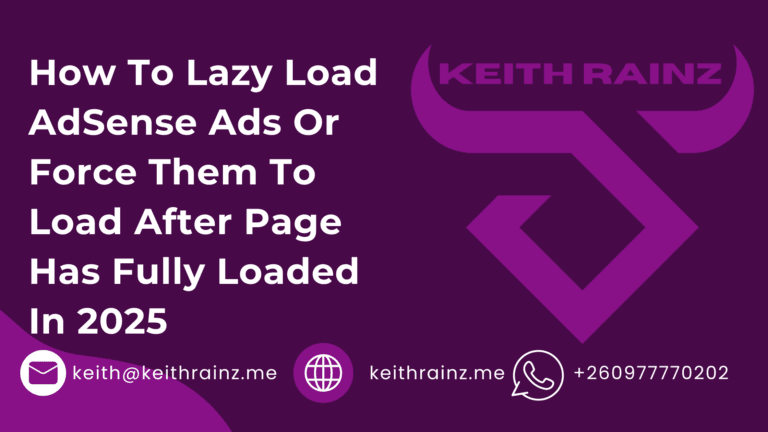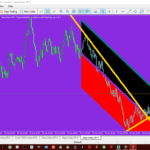Even as AdSense becomes the most popular publisher program for PPC advertising, it still has flaws and disadvantages. Advertisers have preferred to advertise in search since its inception, believing that visitors would be less targeted. This is a legitimate concern that makes complete sense. If you’re on a website and see an advertisement, it’s likely that you’re not paying attention to the content.
Adsense has also grown in popularity to the point where people can tell them apart from other advertisements. As a result, people may choose to ignore them without giving them a second thought. Bloggers have been debating this hot topic, which could contain a lot of truth. Many people have blamed Google for this, citing their decision to include text beneath the advertisement that reads “ads by Google.”
Many publishers also never make the money they expected when they first started the program. Those who only get 30–40 visitors per day to their website are unlikely to make even a single dollar per day. Many advertisers talk about conversion rates of 1.5 percent to 5% for traffic to clicks, but they only make about $0.10 per click. Although the math doesn’t add up, you can’t blame advertisers or Google if you don’t bring in enough traffic. The key is to attract targeted traffic to your website who are likely to click on advertisements; however, it is claimed that other programs, such as those that allow publishers to share 75 percent of advertising revenues, may make this easier.
Another drawback of AdSense is that it has almost become obnoxious. People have become inextricably linked to it because of its appearance on websites that appear to be designed in a DIY style. This can only be addressed if adsense evolves to be more appealing to larger brands, while those who currently use adsense are limited.
Google Adsense also has to deal with the problem of click fraud, which is expected to account for more than 15% of all content clicks. As a result, advertisers who have been particularly affected have shifted their advertising to other programs or limited their advertising to search.
This has resulted in less content competition and, as a result, lower revenue for publishers. Publishers who used to have high-yielding ads are now having to change their content in order to get any ads at all. This is largely due to the publishers’ faults, but it is an issue that, if not addressed, could bring AdSense to its knees.
Google Adsense also has the flaw of not adequately funding their search program. Other similar programs pay higher rates, and if publishers decide to go elsewhere, advertisers and publishers will face problems. Although Google does not adequately compensate for search, another major issue with Adsense is that it lacks a robust database of graphic advertisements. Many advertisers prefer to show graphically driven ads, but this has yet to become a reality. Because there are several other programs for PPC graphics distribution, issues could arise.
While this may not be a problem for all publishers, many complain that their site’s advertisements do not change, causing repeat visitors to miss out on seeing new ads and thus not visiting them. This is a problem that could be solved by rotating advertisements. However, how will rotating advertisements be linked to advertisers paying a rate per click? These are all issues that Google must address if Adsense is to remain the market leader.
Adwords, on the other hand, has a lot of benefits and is still the best in the market. Advertisers can choose their CPC rates so that even if they aren’t getting the results they expect, they can still use the service while lowering their costs.
While there are still some issues with AdSense, the program remains the most popular among publishers, while Google Adwords remains the most popular among advertisers; with a database of over 140,000, Adwords will continue to be the most popular for some time.







